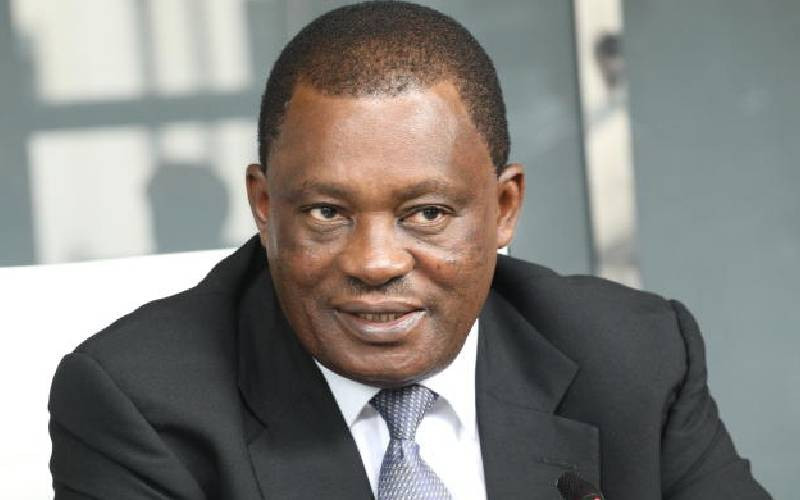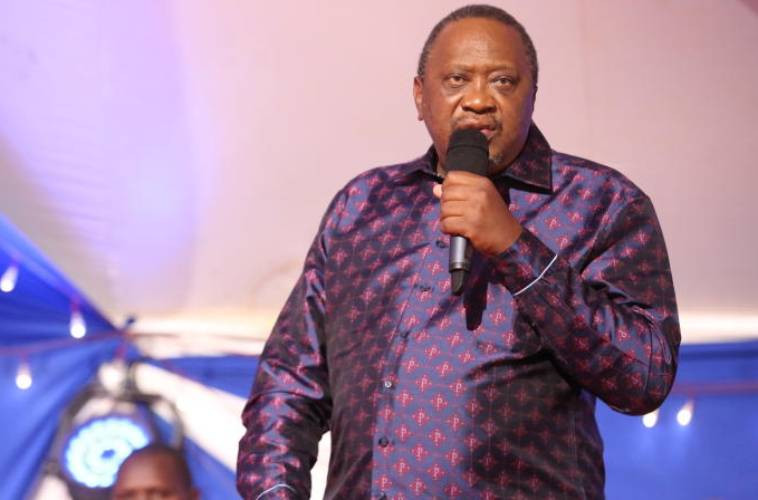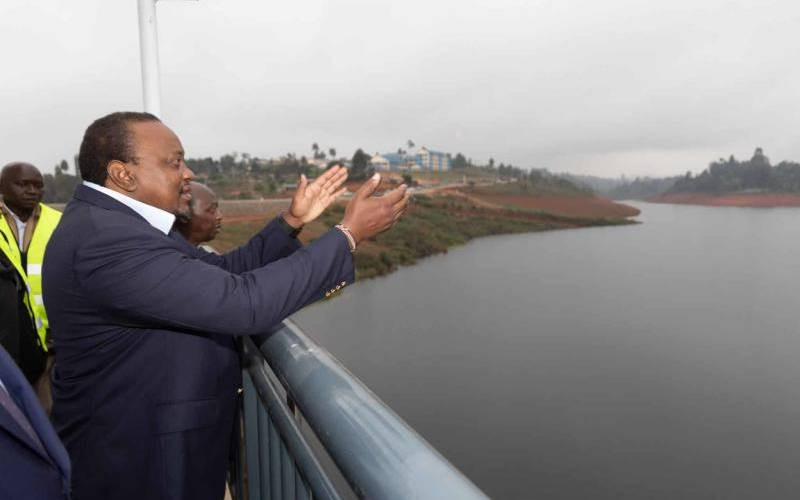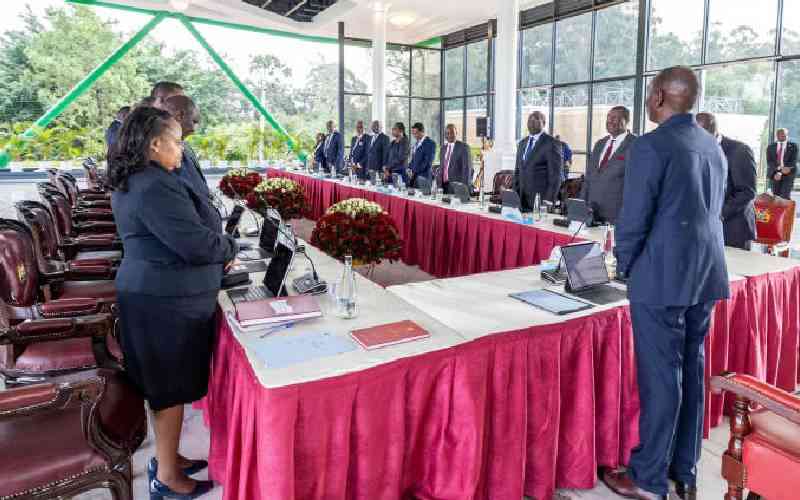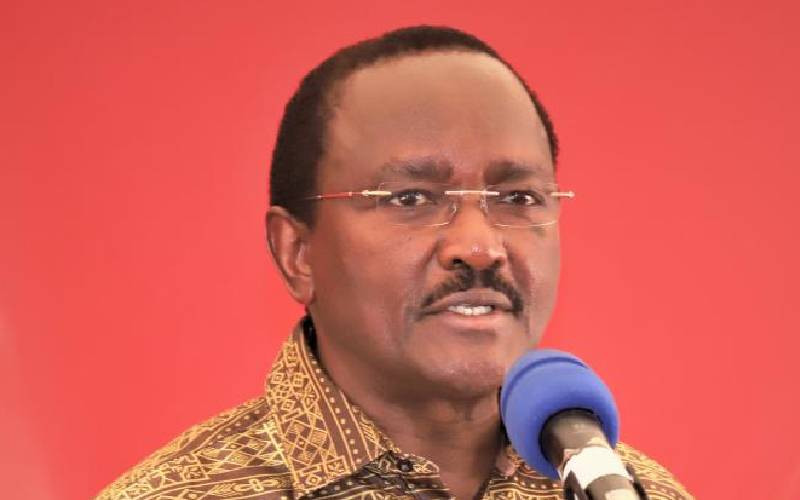By Lillian Aluanga - Delvaux
The season of colourful party launches has returned with the flashy entry onto the political scene by The National Alliance party.
From the state-of-the-art screens, teleprompters, live streams via the Internet and satellite launches in several towns, the launch at KICC, Nairobi, was characteristic of events that gained popularity since 2007.
The launch, two weeks ago, also ended speculation over what party Deputy Prime Minister Uhuru Kenyatta would use to run for the presidency. That public relations and big spending have become critical aspects of campaigns is no secret, as has the more recent use of technology to capture segments of the electorate that are IT -savvy.
Many presidential aspirants have incorporated the use of social networking sites such as Facebook and Twitter to reach out to the electorate. The latest use of such technology was by Gichugu MP Martha Karua, who recently held a press conference via Twitter. But just what is informing the thinking behind the colourful party events — an idea borrowed from the US model of presidential campaign launches?
“We are coming of age politically from a time when institutions of parties remained largely absent even though we were in a multi-party democracy,” says Safina Secretary General Cyprian Nyamwamu. He refers to the Political Parties Act 2011 and a changing political landscape, which have seen aspirants jostle for space within their parties, hence a heightened drive for visibility among those seeking higher office.
“Aspirants have now realised the importance of branding and building structures for their campaigns. Often, this begins with the official declaration that one is running for the presidency if they are to be considered key players in the political process,” he says.
The pattern of holding colourful launches picked up in the run up to the 2007 poll, with President Kibaki, Prime Minister Raila Odinga, and VP Kalonzo Musyoka holding colourful events to officially mark their entry into the presidential race.
Presidential ticket
Besides Uhuru, other aspirants who have made known parties on whose tickets they will be seeking the presidential ticket on, albeit at less lavish events, include Gichugu MP Martha Karua (Narc-Kenya), former Rarieda MP Raphael Tuju (Party Of Action) and Eldoret North MP William Ruto (United Republican Party).
While venues for the launches may differ, the scripts are similar, with banners, T-shirts, caps emblazoned in party colours and entertainment by popular artistes forming part of the activities. Keynote speeches are often delivered by those viewed as the flag bearers of the party, an aspect which some analysts say has drawn a thin line between political party and presidential campaign launches.
“Some politicians have been referring to these events as political party launches when in essence they are launching presidential bids. If it was really about the party then we would see more of the party officials taking centre stage, with say the party chairman making the keynote speech,” says lawyer Harun Ndubi.
Networking sites
A member of the team that organised the TNA launch says the use of modern technology was due to its attractiveness to the youth — a constituency most aspirants are scrambling for (see story Page20). Majority of those in the team are young professionals aged between 25-30 years, which explains the preference for more ‘modern’ means of communication such as networking sites.
“Uhuru already has a huge presence online with about 188,000 friends on Facebook and 50,000 followers on Twitter. There are also about 7,000 people who have subscribed to his mailing list. Given all this technological backing, there was no way he could then read his speech from paper at the launch,” he says, in reference to the use of teleprompters at the event.
Stay informed. Subscribe to our newsletter
While it may be a new idea locally, the use of teleprompters during such events is common in the US, where it has earned President Barack Obama criticism from his Republican opponents who argue it could be a sign of ‘in authenticity’.
Says Fred Davis, a media strategist and advisor of former presidential candidate and Arizona Senator John McCain, in excerpts of an article from The Washington Post: “Obama ruined the teleprompter for the rest of the politicians. If you use it now you are like Obama. It’s negative because it’s a sign of in authenticity. It’s a sign that you can’t speak on your own two feet. It’s a sign that you have handlers behind you telling you what to say.”
While there may be no end in sight to the lavish events held to announce one’s candidacy or a new political party, the question of funding such events may become more pronounced given provisions within the Political Parties Act. Unconfirmed estimates have pegged the cost of the TNA launch at more than Sh100m, a figure Uhuru’s director of communications Munyori Buku disputes.
“That figure is not accurate because it’s now possible to get quality at a little cost with the use of Information Technology platforms as was the case for the launch,” he says. Those who want politicians to tone down on the showy events argue its ‘unhealthy for democracy’, given that they come with huge expectations from the electorate that may fuel corruption among the leadership.
“In our culture, citizens are not used to contributing towards campaigns and it is often assumed that a candidate has made enough money which he can now distribute to the electorate. Therefore, the flashier the event the more one is seen as having greater resources,” he says.
There are, however, differences in how they are run. “In the US, we have members of, say the Democratic Party, holding a series of fundraisers to help cater for costs of the launch. Members are also consulted on the contents of key speeches, which make them co-own the event. Our party launches are more about the aspirant who is also the main sponsor of the event,” says Kenyatta University lecturer Edward Kisiang’ani.
 The Standard Group Plc is a
multi-media organization with investments in media platforms spanning newspaper
print operations, television, radio broadcasting, digital and online services. The
Standard Group is recognized as a leading multi-media house in Kenya with a key
influence in matters of national and international interest.
The Standard Group Plc is a
multi-media organization with investments in media platforms spanning newspaper
print operations, television, radio broadcasting, digital and online services. The
Standard Group is recognized as a leading multi-media house in Kenya with a key
influence in matters of national and international interest.
 The Standard Group Plc is a
multi-media organization with investments in media platforms spanning newspaper
print operations, television, radio broadcasting, digital and online services. The
Standard Group is recognized as a leading multi-media house in Kenya with a key
influence in matters of national and international interest.
The Standard Group Plc is a
multi-media organization with investments in media platforms spanning newspaper
print operations, television, radio broadcasting, digital and online services. The
Standard Group is recognized as a leading multi-media house in Kenya with a key
influence in matters of national and international interest.

